Community Garden
All Community Garden Content
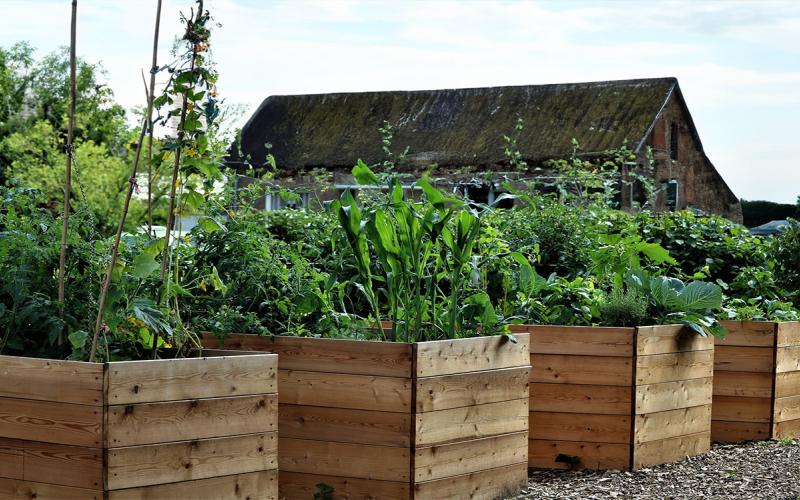
Gardening Modifications for People With Limitations
Physical limitations or limited space don’t have to prevent you or a loved one from experiencing the joys of gardening! Learn some expert tips for modifications you can make to your garden space to make it accessible.
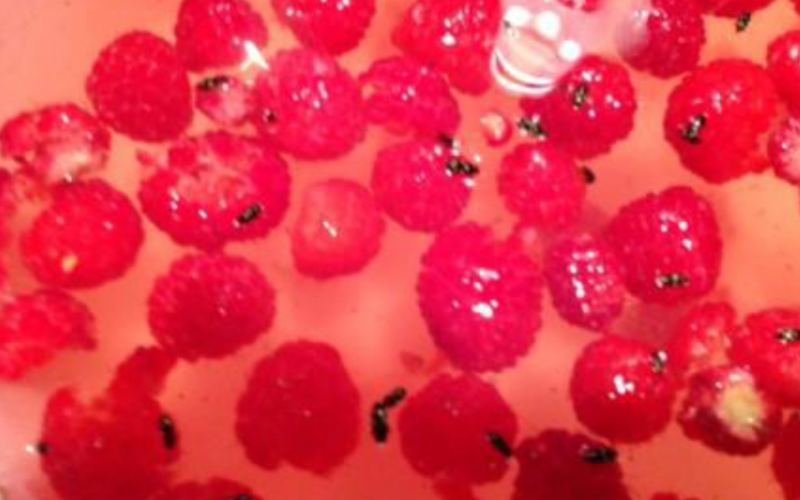
Picnic Beetles on Raspberries
Picnic beetles, a small beetle that loves fermenting fruit (and potato salad at picnics), commonly feed on raspberries. The beetle can quickly ruin a ripe raspberry as they burrow around inside the fruit.
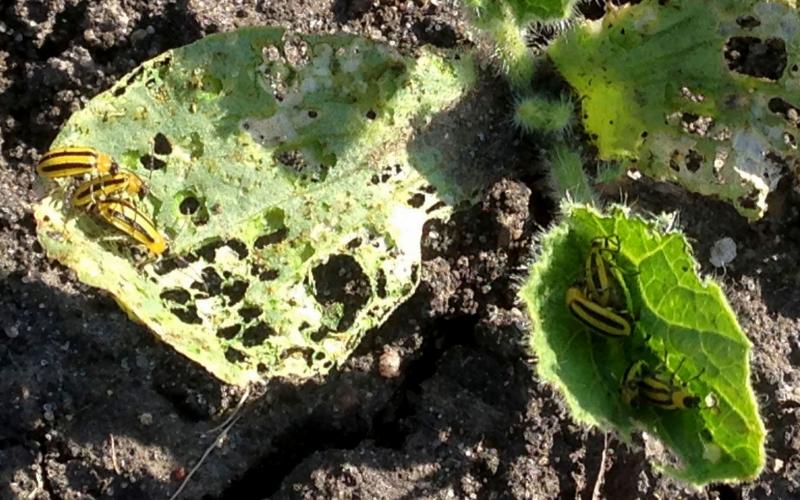
What's Bugging Your Garden? Cucumber Beetles
Striped cucumber beetles are little yellow and black striped beetles that are fairly small, but what they lack in size they make up for in numbers and appetite.
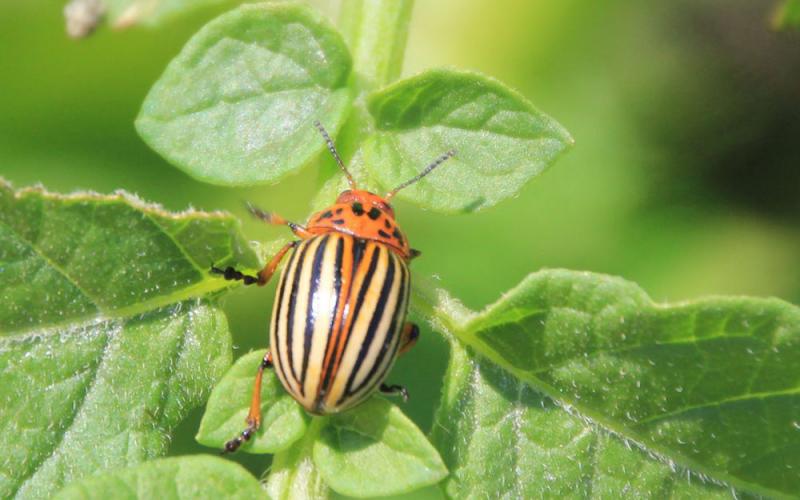
What’s Bugging Your Garden? Colorado Potato Beetles
Colorado potato beetles have become all too common in many home gardens and also in community gardens where potatoes are commonly grown. If left untreated, they can defoliate potato plants, drastically cutting yields of the delicious tubers that so many of us love to eat.
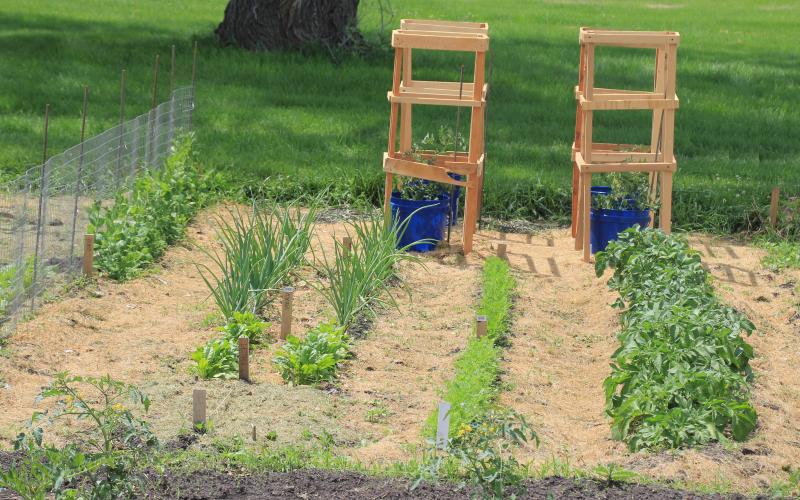
Tips to Make More Efficient Use of Your Garden Space
If you don’t have much garden space it is important to get the most from what space you have available.
Community Gardens: Types of Plants
A community garden will have to determine if they allow perennial growing plants or if they only allow annuals. Perennials can be great additions, as people enjoy growing and eating asparagus, strawberries, raspberries, tree fruit and others.
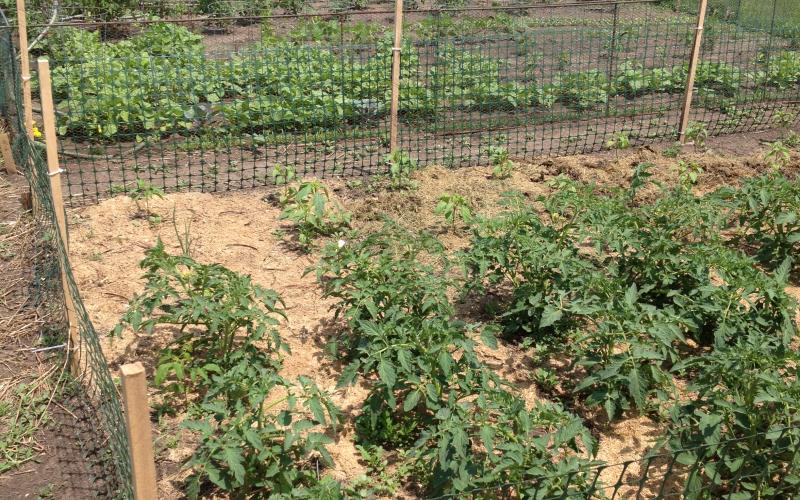
Community Gardens: Garden Rules
It is necessary to have a clear set of rules or guidelines established for community garden participants. Every garden and community is different, so local organizers will want to establish rules that work best for their program. When developing your garden’s rules or guidelines include a range of perspectives, from the leadership team to the landowner to the gardeners.
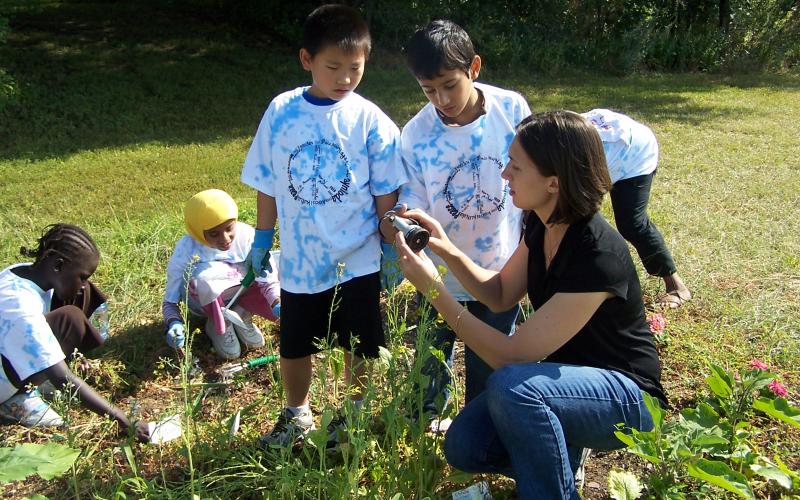
Ages & Stages in the Garden: Ages 9-11
When working with upper elementary youth in a garden consider their physical development and skill level as you develop learning activities. Nine to eleven year olds have better coordination and reaction time by this age, however sometimes dues to growth spurs there can be short-term issues with balance and coordination. Additionally, these children have more body strength and their hand dexterity has increased.
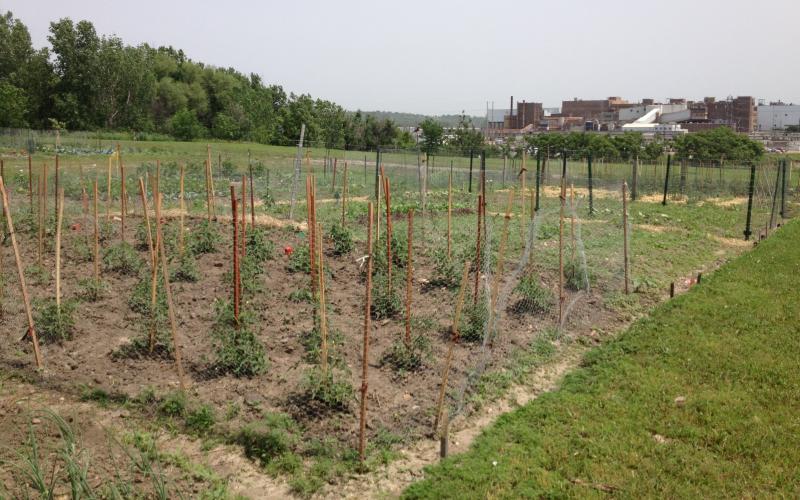
Community Gardens: Garden Rules - Operational Guidelines
When developing garden rules or participate guidelines it is important to address activities related to the operations of the garden. Clearly state that gardeners are expected to maintain their plot for the entire season and list the dates of the season during which they are responsible.
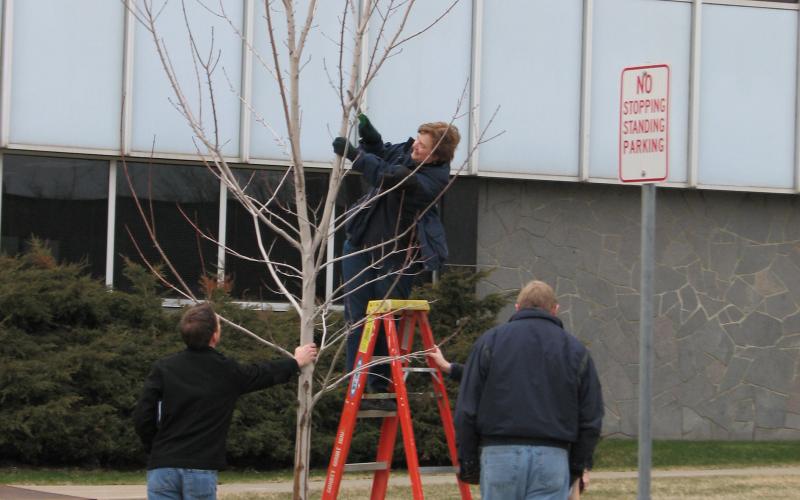
Garden Clubs & Associations
Novice gardeners and master gardeners share a love of and respect for nature, which is one of the many reasons why they naturally seek out like-minded individuals to organize clubs or associations.